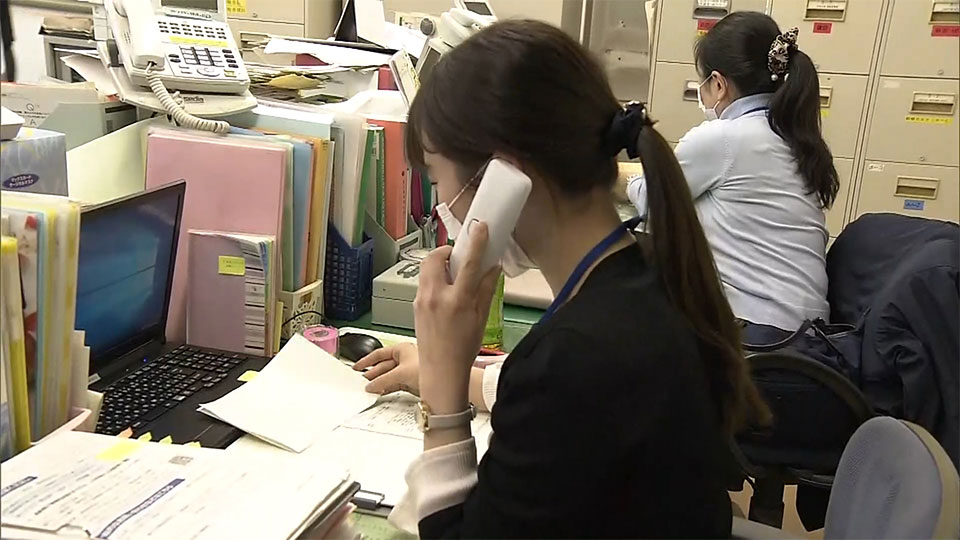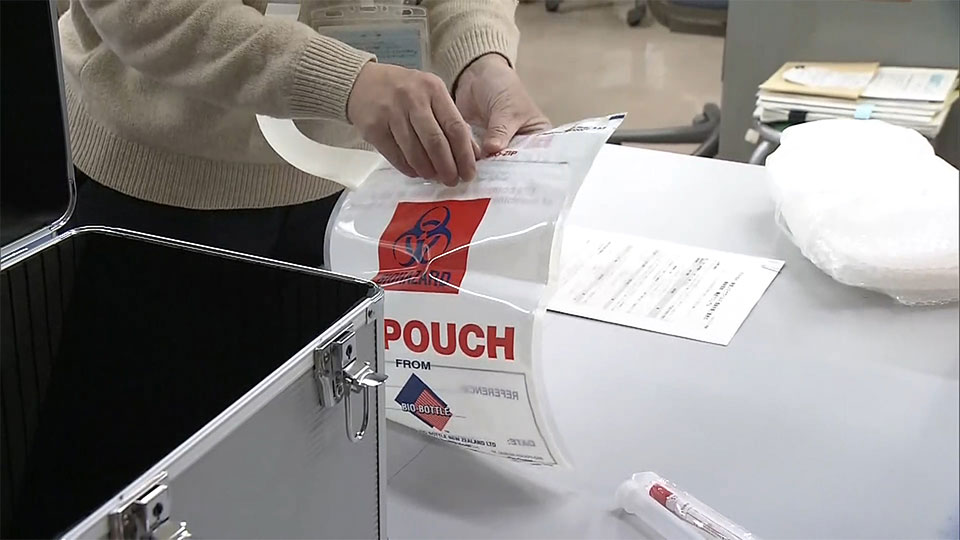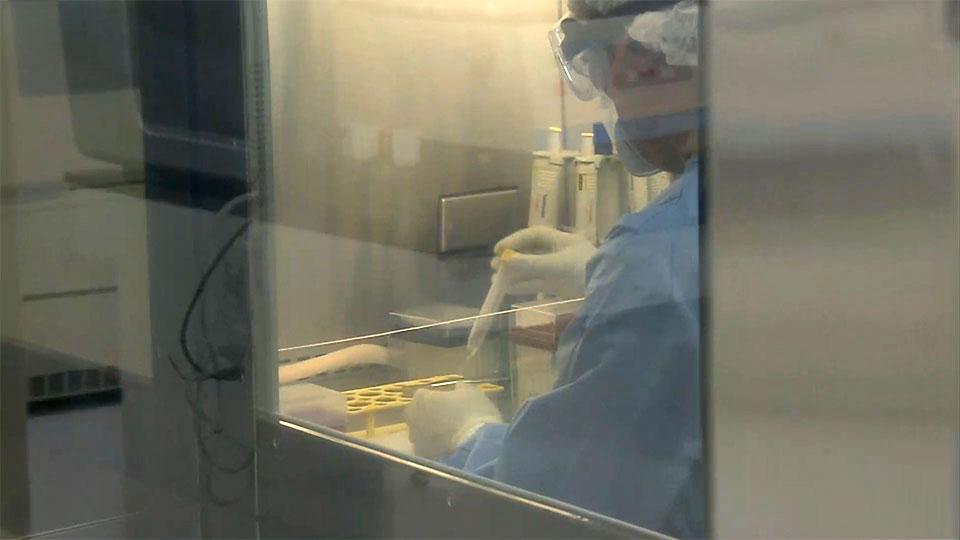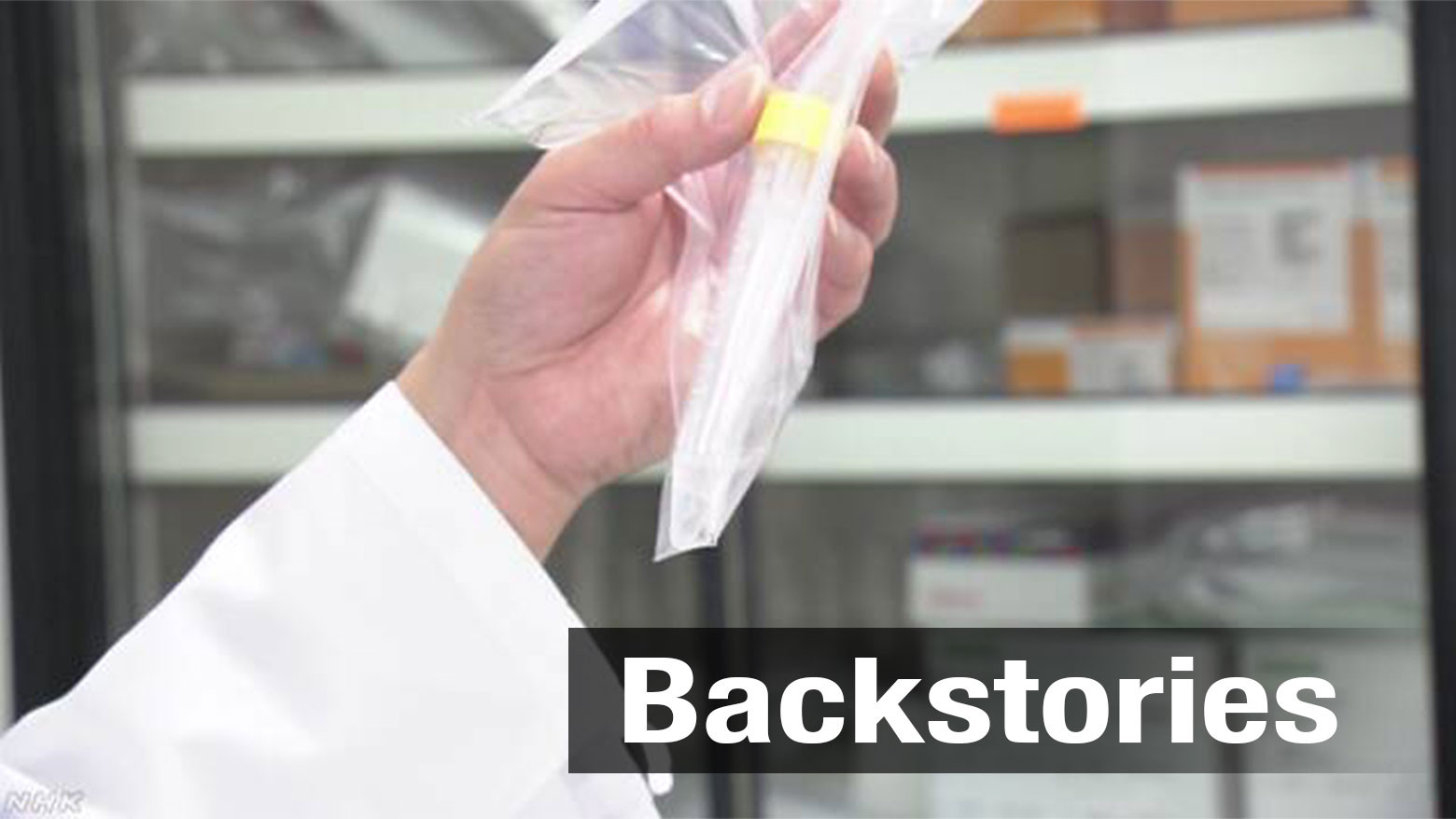What is the testing process?
A recent NHK survey found that Japanese residents had placed over 83,000 calls regarding the coronavirus to health facilities around the country in late February.

A public health center in Tokyo's Kita Ward has experienced the full force of this surge in requests. It's five-person phone staff has struggled to keep up with the nonstop flow of calls, most of which are from residents worried they are showing symptoms, such as fever and cough.
Why are the number of tests limited?
On Monday, the center received 64 calls regarding the coronavirus. But the staff decided that only three cases required testing.
The center says the decision of whether to approve a case is made using a set of government criteria on symptoms, such as a fever of 37.5 degrees or higher. In some cases, it will deny a request even if the caller meets all of the criteria.
"The testing capacity just isn't enough," says the head of the center, Hideo Maeda. "We sometimes ask people to wait for the time being."
What are the difficulties in the process?
The center says another reason it can approve so few tests is because of the delicate procedure required to transport the samples to testing institutions.

Each sample must be carefully placed in three layers of protective packaging, a painstaking process.
The staff members take care of this themselves, on top of everything else at the center, from fielding phone calls to holding consultations.
"We're doing everything we can but the workload is beyond our capacity," says Maeda. "Something needs to be done. Otherwise, things will get even tougher."
Why can't more samples be tested?
The number of tests is further limited by conditions at the testing centers themselves. The samples are tested in special rooms, designed to prevent leaks. The machine that does the testing is only capable of holding 48 samples at once.
But the actual number that is tested is closer to 20. A staff member at one institution in Kawasaki City, near Tokyo, says he has to leave space between the samples. Otherwise, they will mix and cause false results. So the machine is loaded at less than half capacity.

How can we speed up the system?
The Health Ministry says public insurance will cover coronavirus testing starting on Friday, a measure that could lead to a drastic improvement in the process.
If the tests are covered by public insurance, it is hoped that private testing institutions will be able to take part in the system and shoulder some of the burden.
Furthermore, several companies and research institutes are working on new testing methods that will reduce the process to about 15 minutes. They hope to have these procedures completed and ready for technical use by the end of the month. Currently, testing takes about five hours.
For now, residents will have to rely on the current system. And for many, this means living in a continued state of anxiety, unsure whether they have the virus or not.

